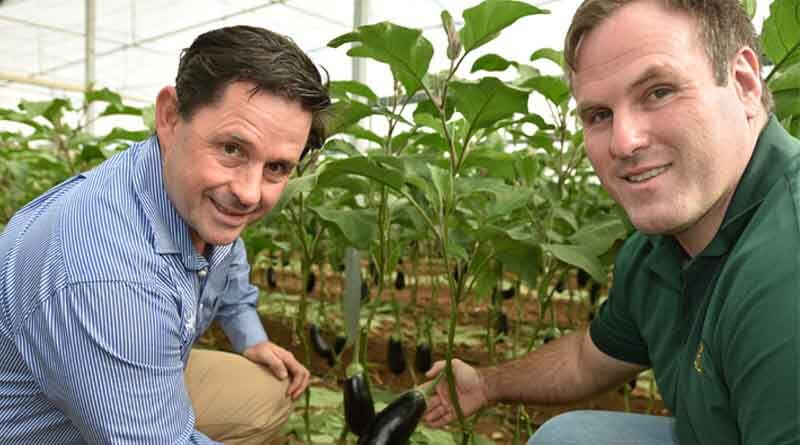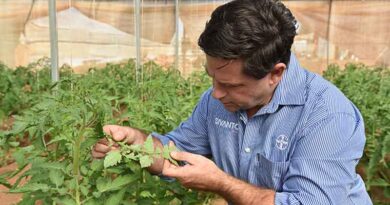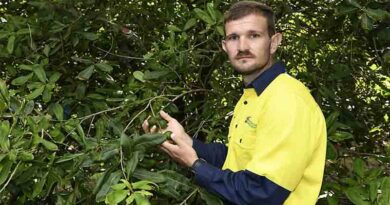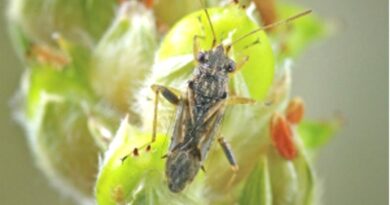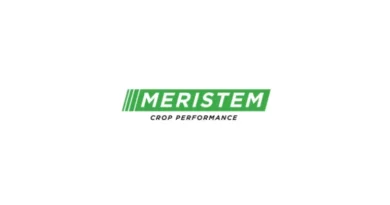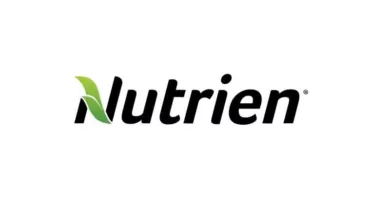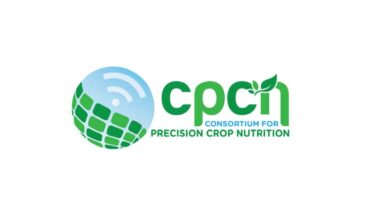Vegetable crop IPM surging with new friendly insecticides
04 August 2022, AU: Adoption of integrated pest management (IPM) in the vegetable industry, particularly the use of beneficial species, is surging to new levels, recently buoyed by the arrival of new IPM-friendly insecticides.
Steve Coventry, an IPM specialist with Bugs for Bugs, supporting the southern region industry based in South Australia, said IPM and the use of beneficial species was growing every year. Bugs for Bugs provides insects and other IPM technologies to help achieve the best control of pests in the field.
“This year in protected cropping, we are experiencing around 50 percent increase in demand for beneficial species compared with last year,’’ Steve said.
“More chemistries that are better suited for IPM programs are coming on board and this is helping growers to adopt the practice more widely.’’
Grower enquiries are continuing and one of the biggest focus areas is the stewardship and understanding of new chemistries suitable for use in IPM programs.
Steve said one of the main challenges with IPM was moving away from the traditional practice of spraying every week to a more sustainable approach based on monitoring. This should be for both pest and beneficial species, with sprays applied only if considered necessary and with careful consideration of which product to use.
“Now with companies like Bayer and others increasing the availability of suitable products for IPM, the challenges are less and the stewardship and cooperation across the industry is excellent. We are all working together to improve cropping prospects for growers.’’
He said resistance to insecticides also had been a factor, but understanding of chemistries was now significantly improved and new products were more targeted to specific pests, rather than providing broadspectrum control.
“This has provided for good synergy, improving the efficacy of beneficial species and offering the best overall, long term control strategy.’’
Steve said SIVANTO® prime, from Bayer, was one of the latest IPM-friendly insecticides he has had experience with in protected eggplant and cucumber crops, and he noted it has excellent control while being relatively soft on predatory mites like persimilis and other mites, although harmful to the important predatory bug, orius.
SIVANTO prime has introduced a new class of insecticide to the industry, butenolide (Group 4D), for wide spectrum control of damaging sucking pests including aphids and whiteflies.
Compared with existing management options, it offers rapid protection, flexibility for use over flowering due to its low toxicity and a good level of beneficial species safety when used as directed.
Trials have shown the most benefit when SIVANTO prime has been applied to newly establishing pest populations, where younger lifecycle stages are present, and it offers strong residual control, effectively reducing egg laying and thereby further limiting populations.
“SIVANTO prime is a new class of chemistry we have not had before and the protection that it offers has been very good, especially in my experience using it at the start of crops. It really keeps whitefly levels suppressed and then by the time we get beneficial species in, we can get them breeding up as a second control to SIVANTO prime,’’ Steve said.
“Persimilis in the crop is more of a spider mite control option and SIVANTO (prime) is soft on that, so spider mite is being controlled while SIVANTO (prime) targets sucking insects.’’
He said growers had come to understand how the insecticide worked, recognising it was not a knockdown, but rather they could expect to see activity within a short period of time and then observe good population reductions.
“For crops like eggplant, there can be up to two applications of SIVANTO prime per year. We would use it at the start of the season and possibly later on when we see the whitefly pressure come up.’’
Steve said the stewardship around the introduction of SIVANTO prime from Bayer had been fantastic.
“Even on the label, it suggests you have to wait four to five weeks before introducing beneficial species such as orius, a key thrips predator in capsicum crops. That acknowledgement and understanding from Bayer on how it may affect or hinder some beneficial species, but is harmless to others, is great. It’s handy for us as a consultant to help with the proper use of chemistry and ensure IPM is working properly.’’
He said SIVANTO prime also had worked well in conjunction with a range of other products growers used in IPM programs, including Movento®, MainMan®, Applaud®, Admiral® and Belt®.
“It seems to be very compatible with a whole spectrum of different products, including fungicides.’’
Steve said good overall IPM management encompassed a whole range of aspects for growers.
“It is having everything together. A clean farm; a farm where you are looking after plant health; cultural activities are important, like pruning that gets rid of some of the scale and whitefly on the bottom of leaves and creates airflow so you don’t get problems like powdery mildew; and keeping weeds under control. Then it’s about using appropriate chemicals like SIVANTO prime plus others to help control pests, as well as using other chemicals that aren’t going to affect other beneficial species in the system.’’
“Stewardship with all available chemistry is important with IPM programs, including talking to consultants and chemical company representatives about what to use and when, and understanding how it works and how it best fits for your situation,’’ he said.
Also Read: Top 7 Tractors in India from 20 HP to 60+ HP

